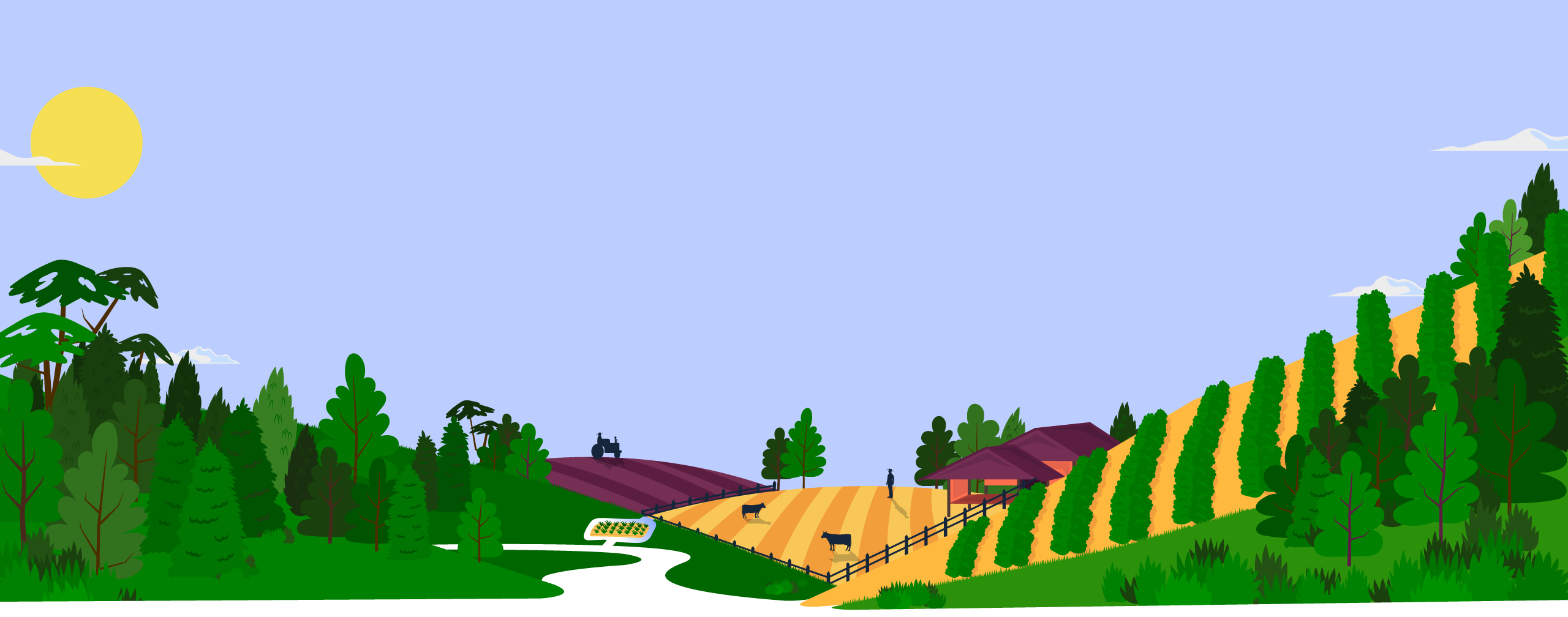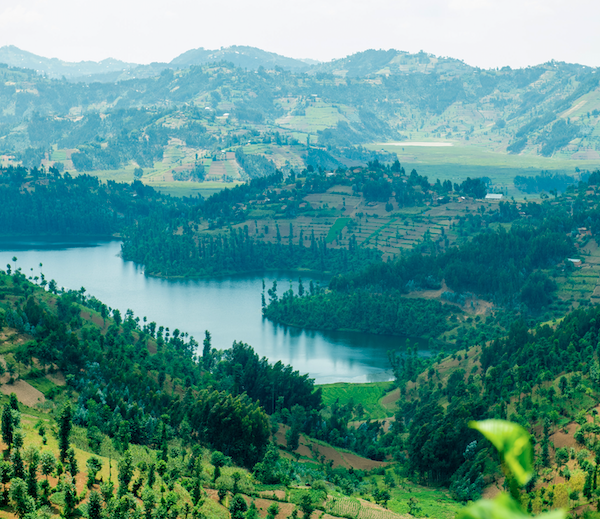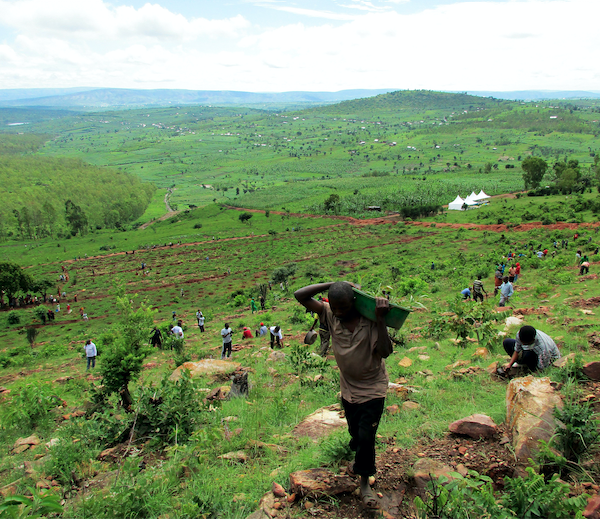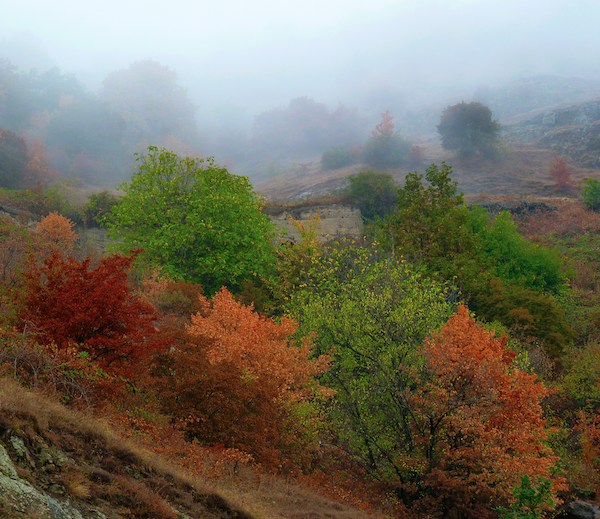About FLR

How the Bonn Challenge supports FLR
Successful FLR is forward-looking and dynamic. We advance these principles by:
- Inspiring governments to make pledges
- Equipping pledgers with the tools and information needed for implementation
- Providing policy support
- Tracking progress
- Linking national and regional processes
What FLR is and what it is not

It is not just about planting trees
FLR prioritises both biodiversity conservation and human livelihoods. It is about using land sustainably in a variety of ways, such as new tree plantings, protected wildlife reserves, regenerated forests, ecological corridors, agroforestry, riverside plantings to protect waterways, managed plantations, and agriculture.
This mosaic of interacting land uses takes place within and across entire landscapes – a scale where ecological, social and economic priorities can be balanced.
It is not one single restoration formula
FLR tailors to the local context using a variety of approaches. It relies on stakeholders to identify restoration objectives, and to draw on the latest science, best practices, and traditional and indigenous knowledge to choose intervention types.
For example, one country may only want to strengthen ecosystem resilience by increasing forest connectivity and diversity. Yet, a neighbouring country might prioritise carbon sequestration and water protection, planting trees for climate change mitigation and carbon credits and to protect rivers from sedimentation.


It is not an end in itself
FLR is a process. It seeks to regain, improve and maintain a degraded or deforested landscape’s vital ecological and social functions in the long-term, and build its resilience to ecological and societal changes.